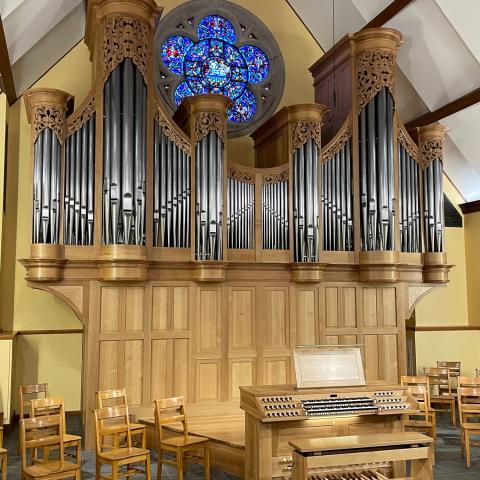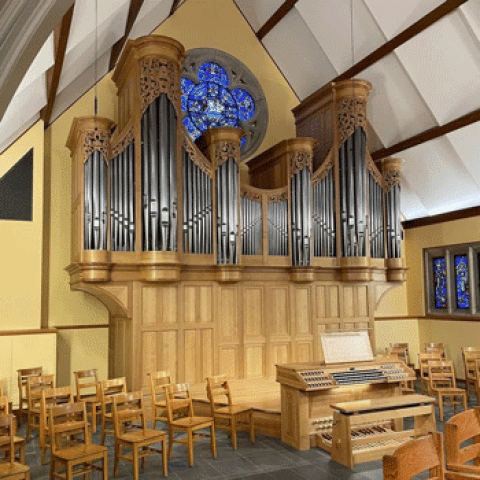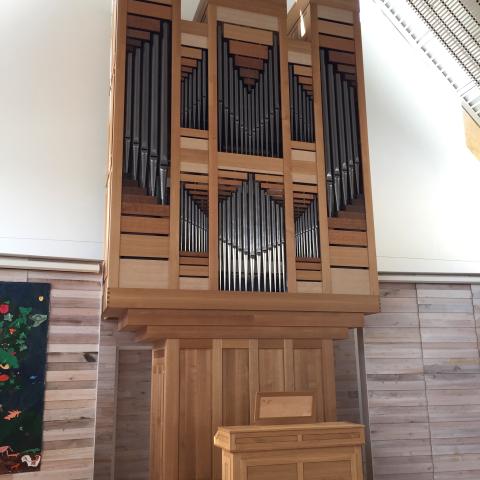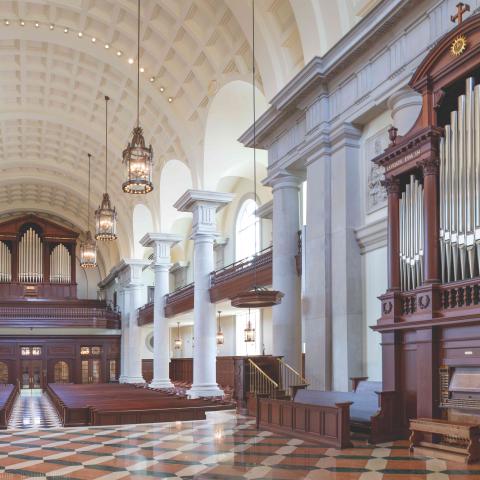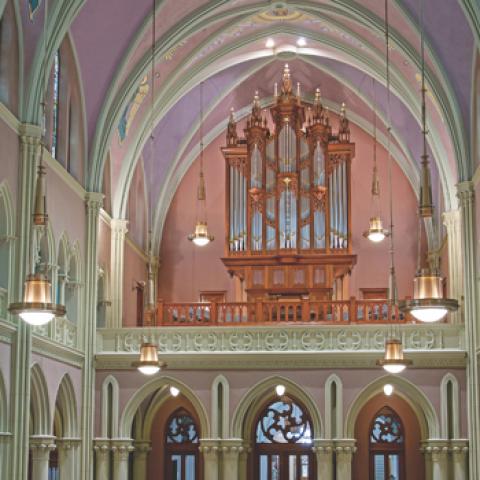Pasi Opus 28, Saint George’s Episcopal Church, Arlington, Virginia
Dr. Benjamin J. Keseley demonstrates the new Pasi organ, offering a narrated tour through the stops. And Kola Owolabi plays the dedication recital, February 11, 2022.
The organ comprises 33 stops, 39 ranks, and 1,996 pipes over two manuals and pedal, and features a freestanding case in solid hardwood, with detached console; hand-carved pipe shades; mechanical suspended key action; electric stop action with combination system by Pipe Organ Control/Matters; foot-pumped winding system with three bellows in addition to the blower-fed bellows (75mm of wind on water column); well-tempered tuning; balanced Swell pedal; and slightly concave pedalboard.
The organ is featured on the cover of the April issue of The Diapason: https://www.thediapason.com/content/cover-feature-pasi-pipe-organ-build…
Ben Keseley is minister of music at St. George’s.
For information: pasiorgans.com
saintgeorgeschurch.org


